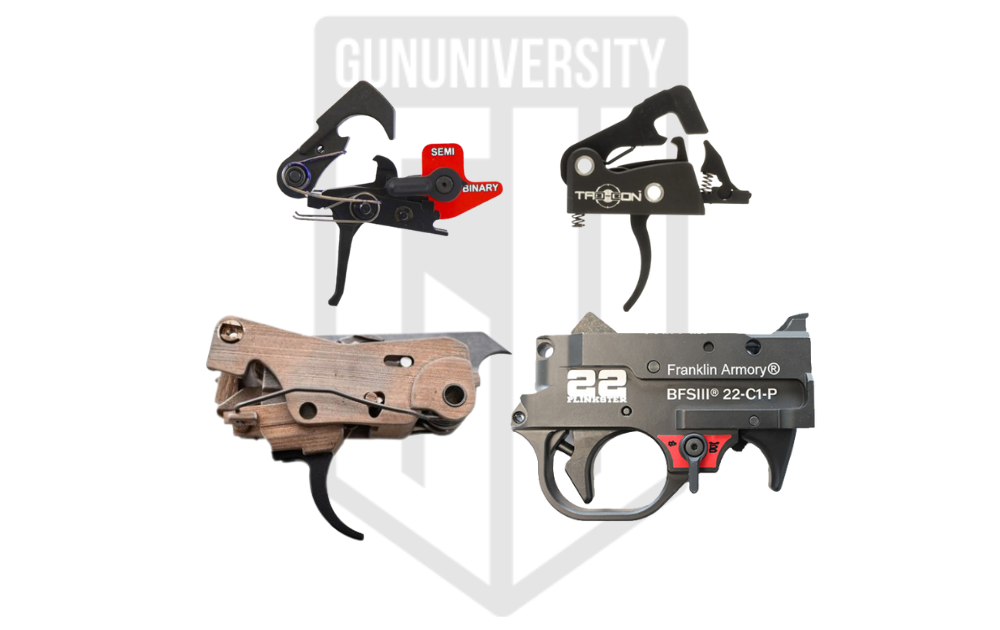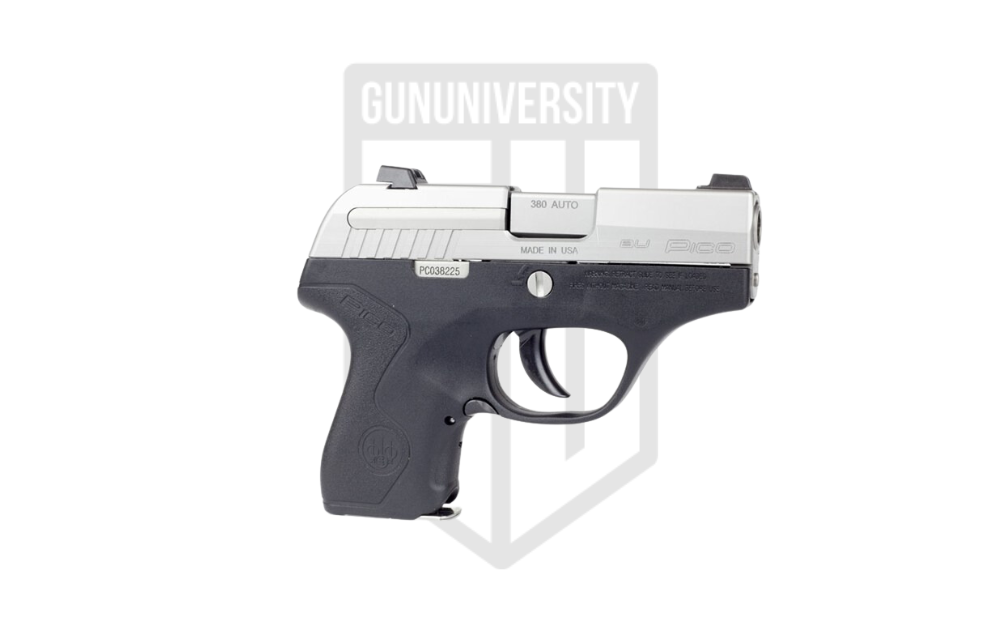Single Stage vs Two Stage Triggers: AR15 Trigger Testing
While the dispute between single stage vs two stage trigger is very much a preference thing, this won’t be a preference article. This article will discuss build and mechanics, the options and reliability of each, and why one might be chosen over the other in specific situations.
Build and Operation of the Triggers
When thinking of a single-stage vs a two-stage trigger, the main terms that need to be known are hammer, sear, and disconnect. As these three parts will differ between triggers in an AR.
Hammer: The hammer is released when the trigger is fully pulled, striking the firing pin to ignite the primer of the round. Note: The hammer does have a portion on it that is known as the “searing portion” but it is not usually referred to as the main sear.
Sear: The sear is a separate part from the disconnect and hammer. The sear will be the last ledge that the hammer slides off of before being totally released to hit the firing pin. Dependent on the trigger, the sear can be a part of the trigger or its own separate piece that is then connected to the trigger.
Disconnect: The disconnect holds the hammer down after the trigger is pulled and the gun is cycling. As the gun is cycling, the hammer is pushed down and held down by the disconnect. This disconnect will then release once the gun has fully cycled and the trigger has been released. Once the disconnect releases the hammer, the hammer is now being held down by the sear.
Below is a graph provided by TriggerTech of various trigger pulls comparing pull weight and trigger travel distance. You can see the different forces and trigger travel required to set off different triggers as well as the amount of variation from trigger to trigger.
As some are better with words and some are better with actually seeing it, below is one of the better videos I’ve found in explaining the mechanics of the single-stage vs two-stage trigger. His example being with a Mil-spec single stage trigger in a standard AR-15 and then a Geissele Super Dynamic Two-Stage trigger.
It is worth it to note that all triggers will be different, even when it is a simple single stage trigger. Aftermarket triggers such as Triggertech, Hiperfire, and CMC are all very intricate designs and will differ from the example below but will have similar steps of operation.
Practical Mechanics of the Triggers
This is where the preference comes in, as both triggers have a very different feel when the trigger is pulled.
Single Stage
In a single stage trigger, there is one push to the rear and the sear will release the hammer at the first wall. Meaning as you’re applying pressure through the take up, the first wall that you feel will be the break of the trigger.
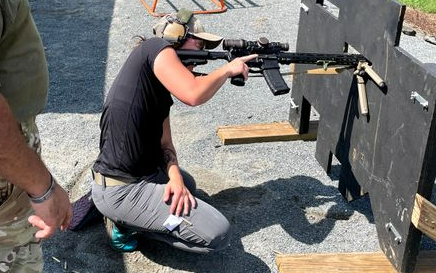
Here are some of our preferred single stage triggers.
Best Single Stage AR Triggers
Hiperfire HiperTouch Competition |  |
| Check Price |
TriggerTech Single Stage AR Triggers |  |
| Check Price |
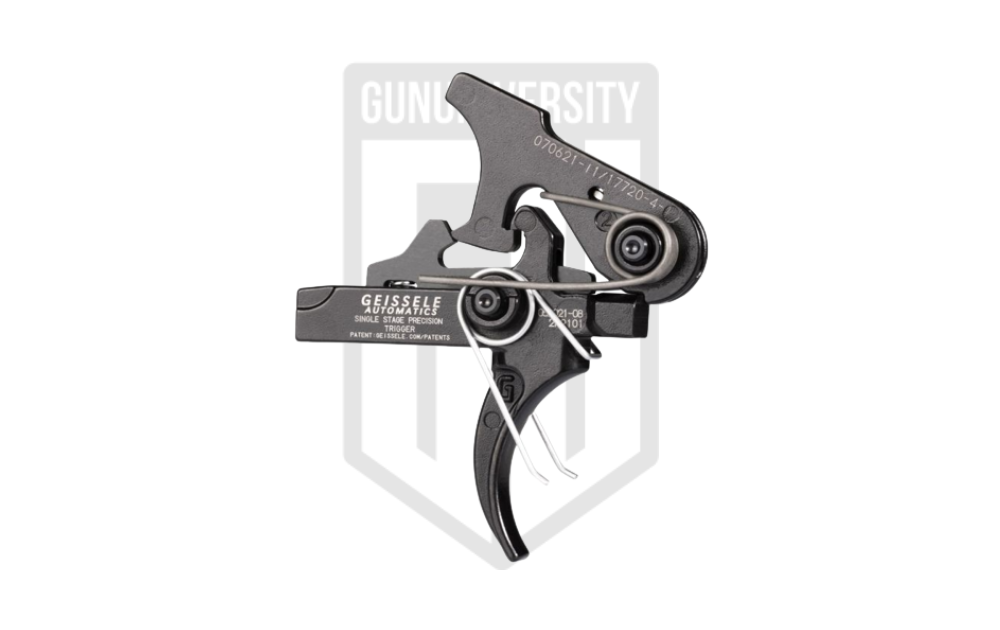 |
| Check Price | |
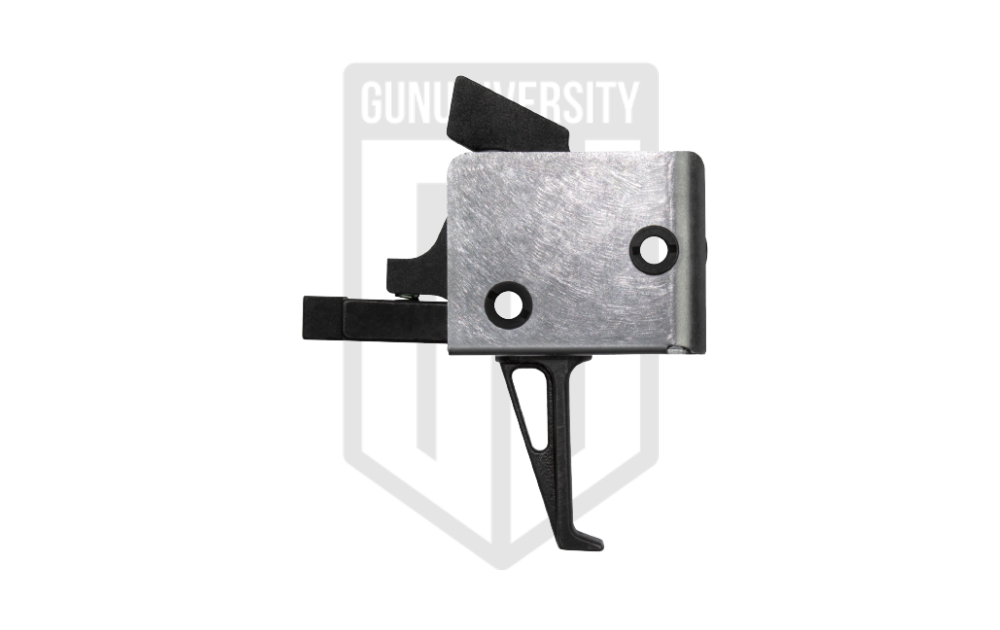 |
| Check Price |
Two-Stage
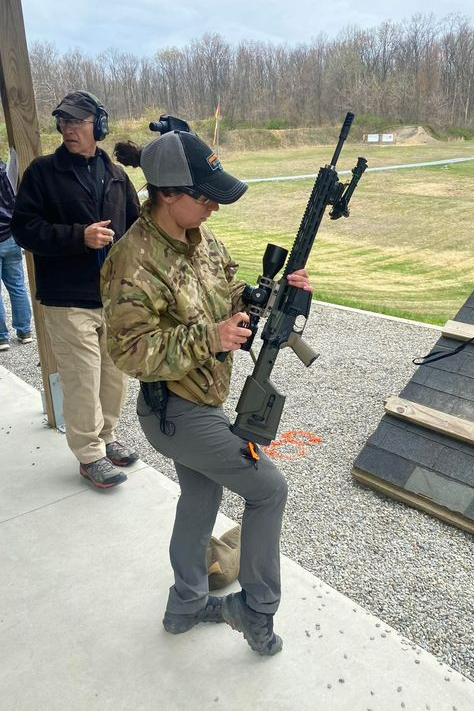
For a two-stage, imagine that same trigger pull, but now there is an extra wall. That wall being the disconnector. As pressure is being applied, there will be a wall. That wall is the hammer pushing against the disconnect. However, it is not the wall that the hammer releases on. As you push through that first wall, there is now a second wall and the trigger will break on the second wall.
So what’s the point of having two walls?
There are a couple of reasons for this which again, turns into a preference thing and a dependence on how nice the trigger is.
A two-stage trigger allows two main things.
- Allows you to push past some of the take up/weight before the actual trigger break.
- Creates a “shorter” reset due to only having to reset through that last wall.
- Allows for you to not have to pull the trigger, such as in a self defense position, go to the first wall and you still have the option to continue to press the trigger.
Seems like a no brainer, right? Well, some would say that this extra wall actually hinders a good trigger press due to the nice single stage triggers that we have now. Some would say that each is good for different scenarios. Preference. Below are some comments from different shooters as to why they like and when. I will remove the names for anonymity.
Below are some of our favorite two stage triggers.
Best Two Stage AR Triggers
Hiperfire Xtreme 2-Stage MOD-2 Trigger | 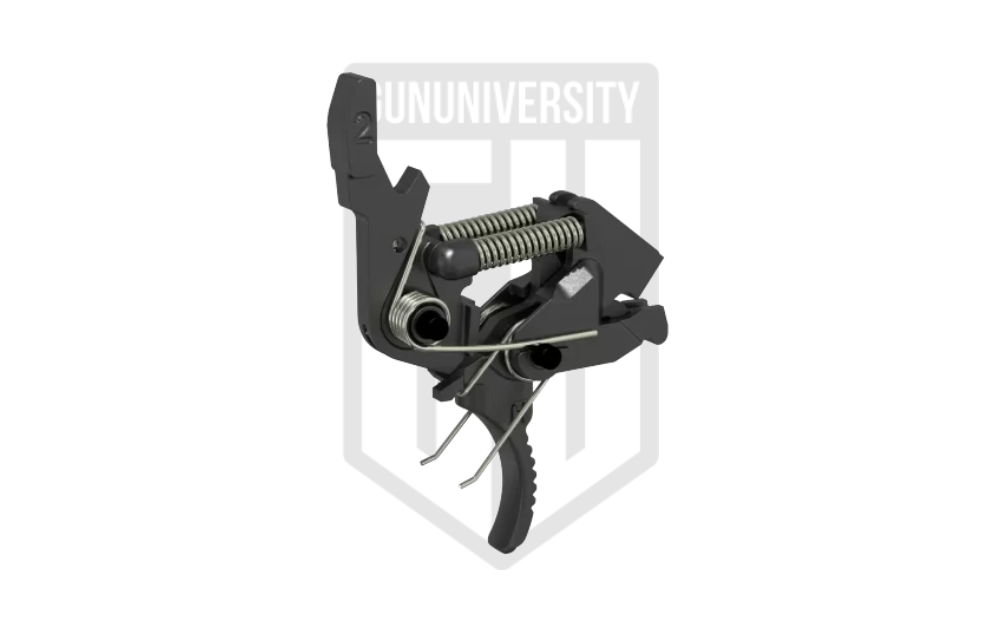 |
| Check Price |
TriggerTech Two Stage AR Triggers | 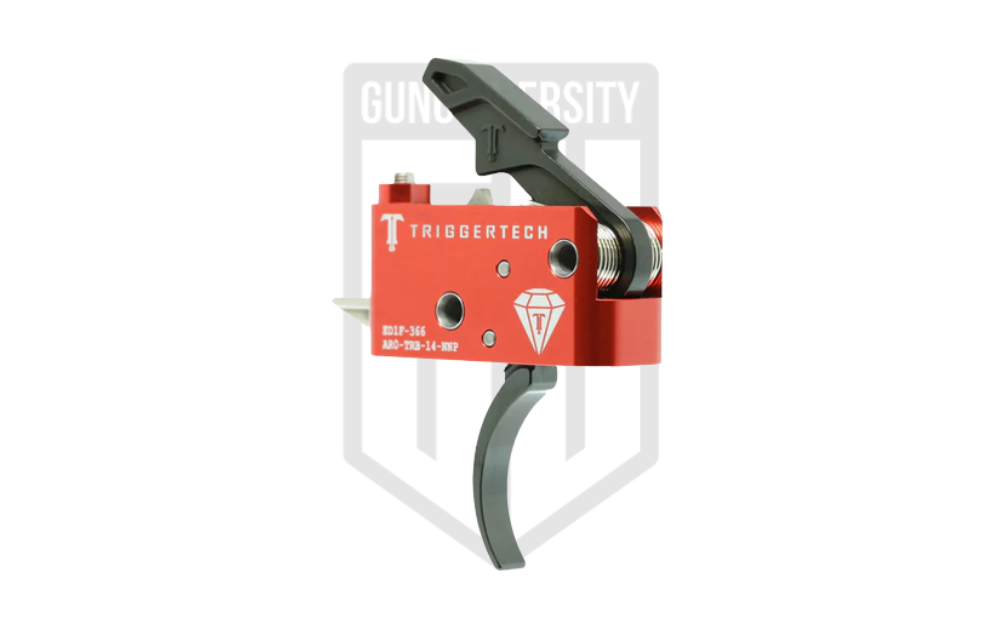 |
| Check Price |
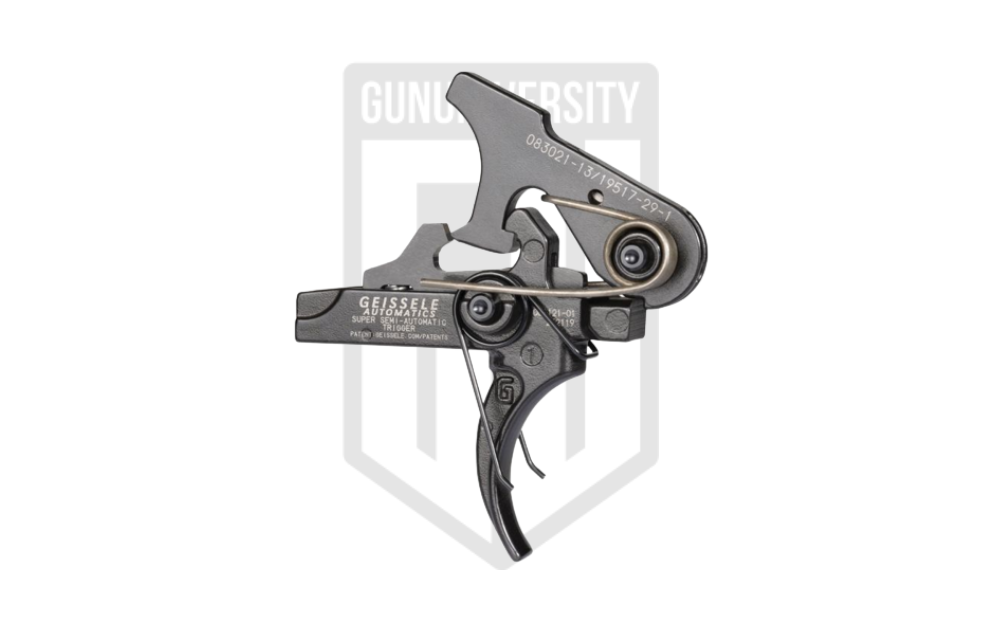 |
| Check Price | |
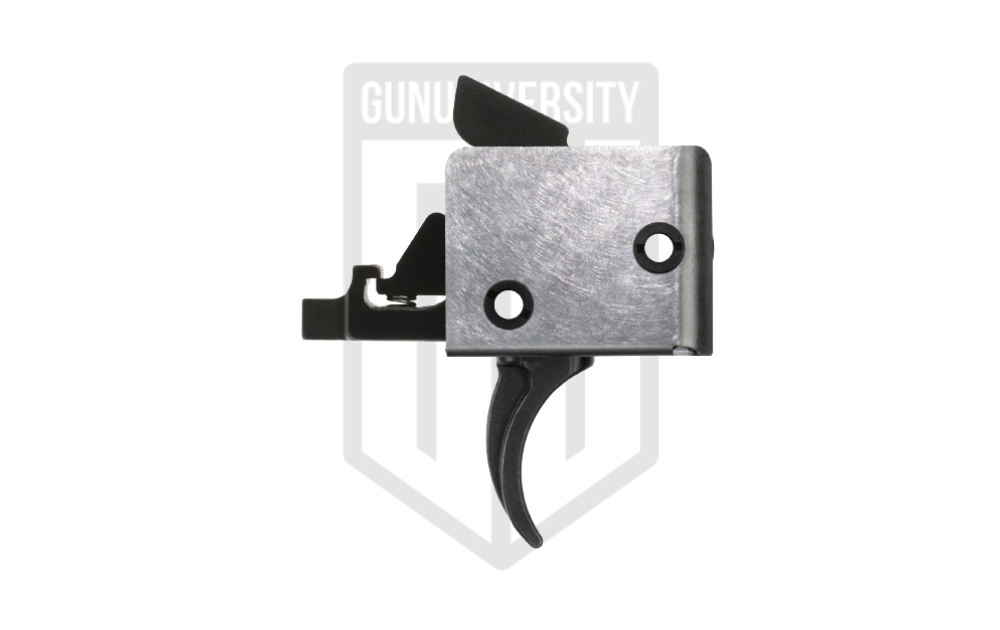 |
| Check Price | |
LaRue Tactical MBT-2S | 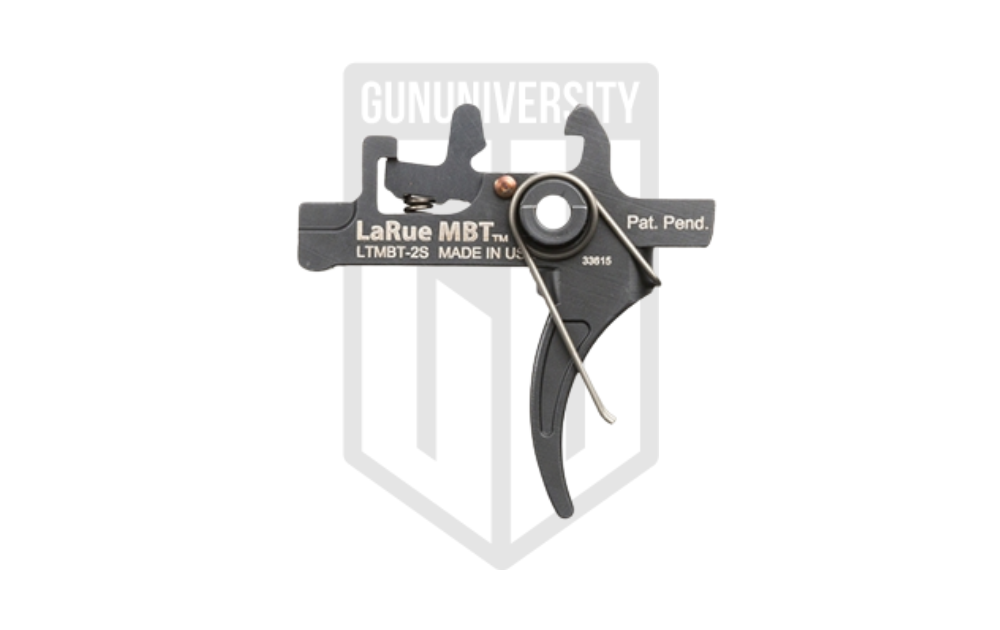 |
| Check Price |
Comments and Feedback from Shooters
Below are some comments from anonymous, real world shooters, who have experience using both single stage and two stage triggers in various shooting types.
Close Quarter/Competition Shooting
In my experience, it varies from trigger to trigger. I personally prefer a good single stage trigger over a mediocre 2 stage in any application. Most of my shooting is the ‘go as fast as you can within 100 yards’ type, though.-Anonymous
I’m just a guy who loves to shoot. I have no real qualifications beyond that. I’ve tried single and 2 stage triggers to some success and I much prefer a 2 stage on almost everything. My Glock’s trigger has a take up and feels like a 2 stage. Once I thought through that, taking the same approach to the carbine trigger made sense to me. So if I’m shooting a pistol or a carbine, trigger pull is not any different.-Anonymous
Shooting With a Suppressor
This is also something to think about due to leading to a dirtier than normal AR and maybe a dirtier trigger.
When I shot a single stage carbine trigger, it was a CMC with a pretty light pull (3.5 lbs I think). It was too light in my opinion. Shooting suppressed, the cassette trigger was getting dirtier than I could keep up with, and required removing my safety selector to take the thing out to clean it. So I went to a Geissele SSA. This has a heavier pull at 4.5 lbs total weight, but holding the first stage and breaking the second stage feels light. However, the path to get there doesn’t feel as “hair trigger” as the single stage CMC did since I have the first stage to get through to prep it. The short reset, with a slight difference in pressure, lets me get faster splits than a single stage trigger of the same total pull weight.-Anonymous
Military/Defense/Hunting
The main word that seems to stand between single-stage and two-stage triggers is “control”. Many of those who prefer a two-stage trigger do so because they feel that they can control the trigger weight and can control even if the trigger breaks. The flip side of that is that those who want to truly control their trigger already do so by knowing where the wall is and the weight of it.
Control is huge in the military, home defense, and hunting world as it can stand between a terrible situation or even death.
When asked about preference, one commenter stated:
Single stage for light pull such as PRS or hunting rifle. (Fine motor skills) Two stage for combat or defense. Something where you need a palpable wall to lean on and release if you don’t need it. (Gross motor skills) -Anonymous
When asked about why many service rifles are still single stage, then the answer was:
“Money. Units that can afford to modify their rifles usually put a two stage. And most military aren’t exactly marksmen or get a lot of training.”
Something to think about as well, training needs to be done with a new type of trigger.
When asked about hunting rifles:
For a carbine with a LPVO and a 2 stage trigger, I feel like I can get a better trigger press prepping to a wall than just a single let off. Maybe not a factor with training. For my hunting rifle, it’s a single stage trigger that’s pretty light. For getting stable in an odd position, I tend to like it. But it’s not like I do much long range precision stuff.-Anonymous
Precision Shooting
It is to be known that a lot of these comments are from those that don’t use their ARs for specifically precision shooting. This is a debate as well, since one of the largest precision shooting trigger companies, TriggerTech, makes both single and two-stage triggers for the AR. Their quality triggers have both adjustable triggers that range in oz and fixed triggers.
Some would think that having a shorter wall at the 2nd stage and less weight is great for precision shooters. However, some also think that triggers have come so far that single stage triggers now have short walls anyway, and a light/crisp pull. There is no need to mess with two walls and that actually may hinder the pull.
My preference as a precision shooter and just commenting on the AR platform is that professional shooters should know their trigger and its wall no matter. Single stage triggers are so clean and light these days that being able to press through a short, but clean wall, and lightly break the trigger adds up to a simpler trigger pull. Those that know their wall in a single stage can apply pressure without breaking if they so choose, thus negating the need for a two-stage trigger and actually having that first wall hindering the process.
Going back to Triggertech though, there are some two-stage triggers on the market that feel so good and clean that they do feel like a single stage, if that makes sense. Such as the Triggertech AR-15 double stage in the Diamond Model. This is what I personally run in my precision gas gun and I honestly forgot that it was a two stage as the take up is so short and clean. I also have a Rem700 Triggertech Diamond in my bolt gun and going between the two, the press really doesn’t feel much different except for the small amount of take up in the AR platform. Both triggers have a wall and can be let off before following through with the press. The only reason I purchased the two stage at the time was that the single action AR model wasn’t available. I am intrigued to try the single AR model from Triggertech now.
Reliability and Breakability of each?
While it seems that single stage triggers do have more simplicity to them, it is 2023 and triggers have come a long way. Many times these triggers are also encapsulated into a housing for both single and two-stage, thus making the reliability and breakability similar in both cases.
Many often bring up that 10 years ago they would have seen a lot more use of a two-stage trigger. however now single stage triggers are so ahead of their time that they don’t see the need.
My thought, as a middling rifle shooter, is that we are living in a golden era of AR triggers that are a smooth 2.5 lbs with no take-up, a fantastic reset, and minimal over-travel. From a pure performance perspective, it is hard to see what a two stage buys me anymore. That might not have been true 10-15 years ago. That said, my designated “self defense” rifle still sports a Geissele SSA-E, because I’d rather have a little take-up as a hedge against possible stress-related mistakes on my part in a tense situation.-Anonymous
The biggest thing that needs to be looked out for in both single stage and two-stage triggers is the adjustability in them. Ensure that you follow the directions when adjusting your trigger and that you get these triggers from a reputable company.
Pro Tip: Improperly adjusted triggers or ones that don’t have adjustment screws staked/thread locked can have issues. Thanks for that, Garrett S.
Some triggers may work better in different lower receivers as well. Remember, these are ARs. I found an example of this with the Giessele Super 3 Gun trigger. A user stated that he was having hammer follow through issues and Giessele directed him to try the trigger in a different lower as distances in trigger and hammer pins can effect it.
Conclusion
The differences between a single-stage trigger and two-stage are definitely there. However, the preference is always up to you, the shooter. We should focus this decision on two main things:
- Does the trigger you have now hold you back from shooting more accurately or faster? Does it hold you back from performing better?
- Is the trigger that you have/want a quality trigger that you can trust will work on demand?
If you can answer those two questions, or at least have a better idea on how to venture closer to those answers, you are now ahead of many of your peers.
Happy shooting!
Recent Posts
July 26, 2024
July 26, 2024
July 25, 2024


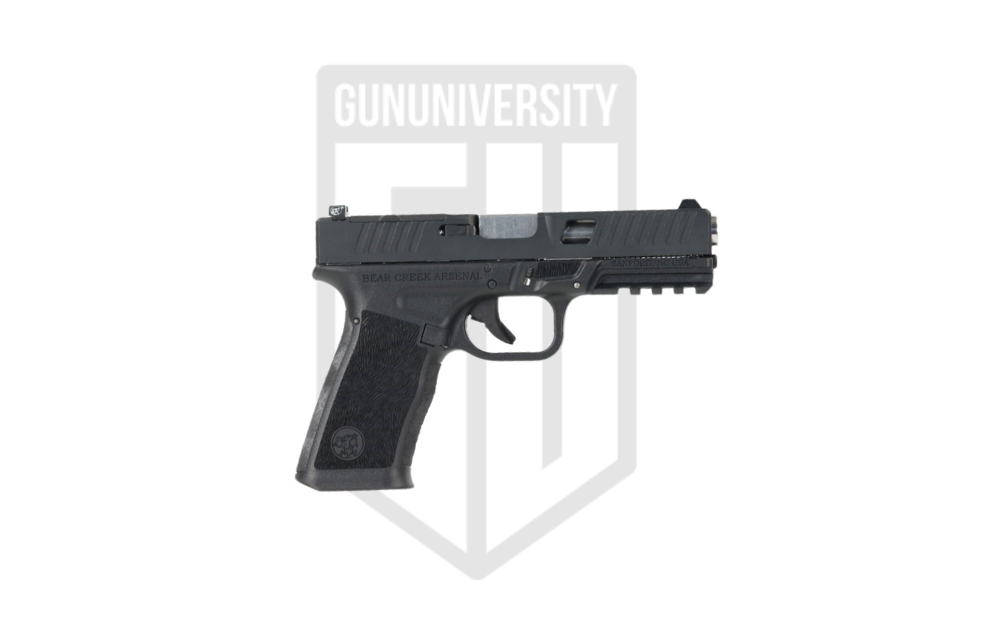
![The Best Shooting Hearing Protection in 2024 [Tested]](https://gununiversity.com/wp-content/uploads/2021/09/best-shooting-hearing-protection.jpg)
